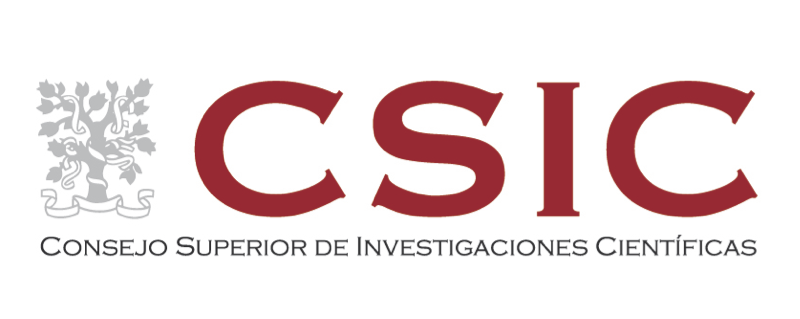Molecules, vol. 26, nº 10 (2021)
Article preview
A convergent synthetic route to a tetrasaccharide related to PI-88, which allows the incorporation of a fluorescent BODIPY-label at the reducing-end, has been developed. The strategy, which features the use of 1,2-methyl orthoesters (MeOEs) as glycosyl donors, illustrates the usefulness of suitably-designed BODIPY dyes as glycosyl labels in synthetic strategies towards fluorescently-tagged oligosaccharides. © 2021 by the authors. Licensee MDPI, Basel, Switzerland.




